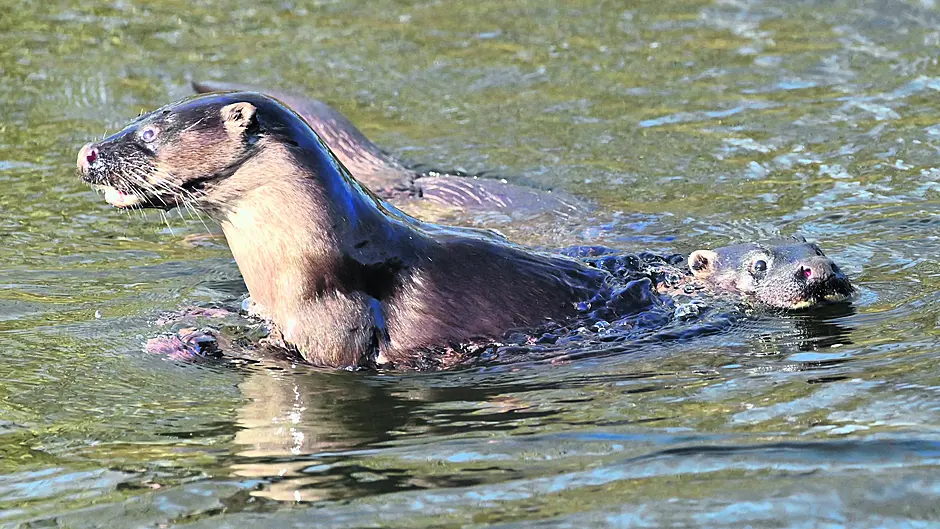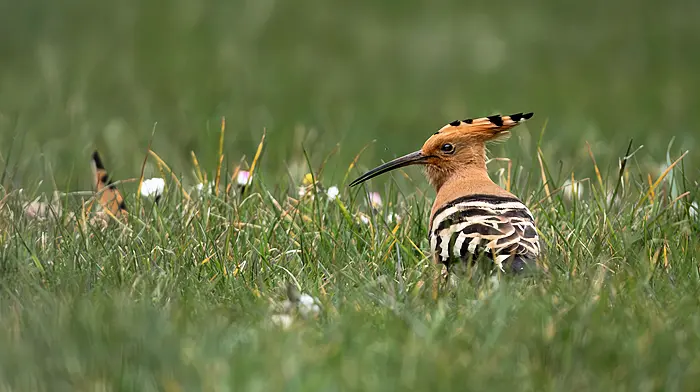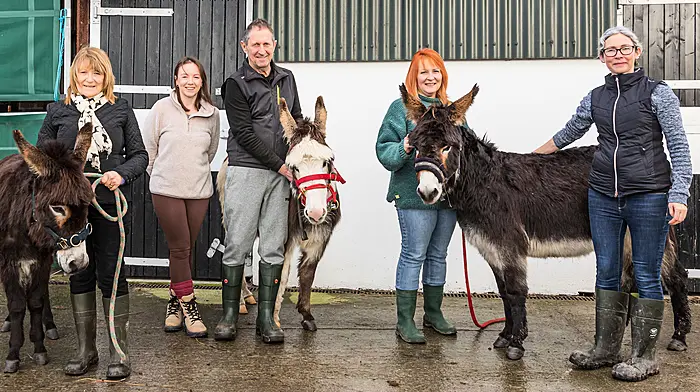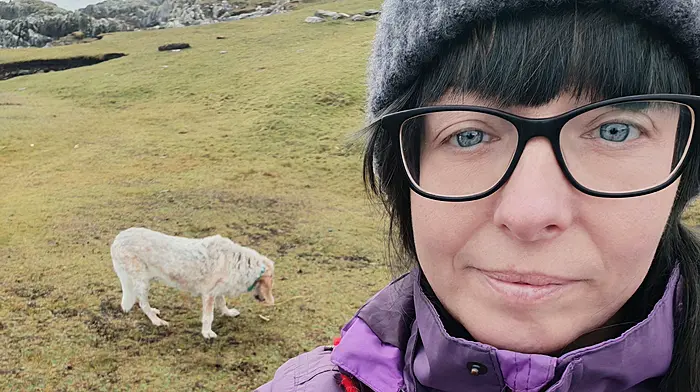BY ANN HAIGH
RIVERS are much more than drainage channels for water, they provide us with an array of services such as water supply, sense of place, recreation and tourism.
Importantly, rivers also support an amazing and delicately balanced network of biodiversity, from plants, insects, birds, fish and mammals to amphibians. However, reports from the EPA (Environmental Protection Agency) indicate that 50% of our rivers are unhealthy and that nationally our waterways continue to lose their ‘High’ and ‘Good’ water quality status due to pollution. For evaluation purposes, in West Cork we sit mainly in the ‘Bandon Ilen Catchment’ which covers the Bandon and Ilen rivers and streams that enter the sea between Templebreedy Battery and Mizen Head. The positive news is that the latest EPA test reports for our area indicate that most of our waterways are maintaining their ‘Good’ to ‘High’ status. Considering the plethora of animal and plant life our waterways support, it is vital we not only strive to maintain water quality but aim to improve the health of our rivers and streams.
River creatures
An otter is such a thrill to spot but it is also a case of ‘an rud is annamh is iontach’ (what’s rare is wonderful) as they are largely nocturnal and tend to be quite secretive and elusive. The best times for otter-spotting are at dawn or dusk, when they are at their most active. In my local river, the Ilen, there have been numerous sightings of otters swimming in the river as it flows through Skibbereen town itself. Therefore, as you walk by or past a river, it is always worth taking the time to see if you can spot one.
While globally there are 13 otter species, we only have one species of otter in Ireland, the Eurasian Otter (Lutra lutra). In Irish, the word for otter is dobharchú or madra uisce, which literally translates as water dog. Of course they are not actually dogs as they belong to the mustelid family, which includes badgers and weasels.
Otters are top predators and indicators of a functioning ecosystem. They are carnivores and mainly feed on fish but will also eat various species of shellfish and sometimes forage on land for frogs, waterbirds, eggs or small mammals and insects.
My most recent otter sighting occurred in August while I was conducting a citizen science survey for another native river mammal, the Daubenton’s bat. Daubenton’s bats, monitored by Bat Conservation Ireland, are sometimes referred to as ‘water bats’ and they are another sight to behold as they forage for insects over the water. If you see a bat continuously flying close to a river, approximately 30 cm above it and making sharp U-turns, it’s most likely the Daubenton’s bat. Unfortunately you’ll have to wait until next Spring to see them again, as along with the Hedgehog, bats are the only mammal species in Ireland to truly hibernate.
Rivers, their banks and their flood plains are essential habitats for many bird species, providing food, drinking, nesting and resting opportunities. Common kingfishers are the most iconic river bird species and no strangers to West Cork. They are most often seen as a fast streak of brilliant blue as they fly speedily up and down the river between favoured perches on tree branches along the river bank.
Bizarrely, while known for their characteristic blue colour, they do not actually have any blue colour pigment in their feathers. It is nature at its most mind-blowing that causes their brown upper body feathers to appear blue due the structural arrangement of each feather.
Kingfishers don’t nest in trees, but dig tunnels in vertical banks to lay and incubate their eggs. They feed on small fish and aquatic invertebrates and must eat at least their own bodyweight daily. They really are a joy to see, so make sure you keep an ear out for their distinctive call, a shrill repetitive whistle, which is often the first indicator that they are close-by.
Other key bird species you may spot on local rivers are little egrets, herons, dippers, grey wagtails, swans, ducks (teal and mallard most commonly) to name just a few.
Balance is key
Our rivers host fish such as salmon, sea trout, brown trout, eels and lampreys. Young salmon and trout are dependent on good water quality to survive. This is because larvae of invertebrates such as stonefly, mayfly and caddisflies are key components in their diet.
These larvae will only thrive abundantly in water that is well oxygenated and unpolluted. Everything hangs in a delicate balance, fish feed on the aquatic invertebrates, the otters and kingfishers feed on the fish and as David Attenbourough said; ‘It is that range of biodiversity that we must care for – the whole thing –rather than just one or two stars’ and in this case water quality underpins the entire ecosystem.
I have barely skimmed the surface of the diverse abundance of life that our rivers support, so I urge you to head out to your local river and see what you can spot yourself.
• Ann Haigh MVB MSc MRCVS is a Skibbereen resident, a mum-of-two and a veterinarian with a masters in wildlife health and conservation and she is passionate about biodiversity and nature.










